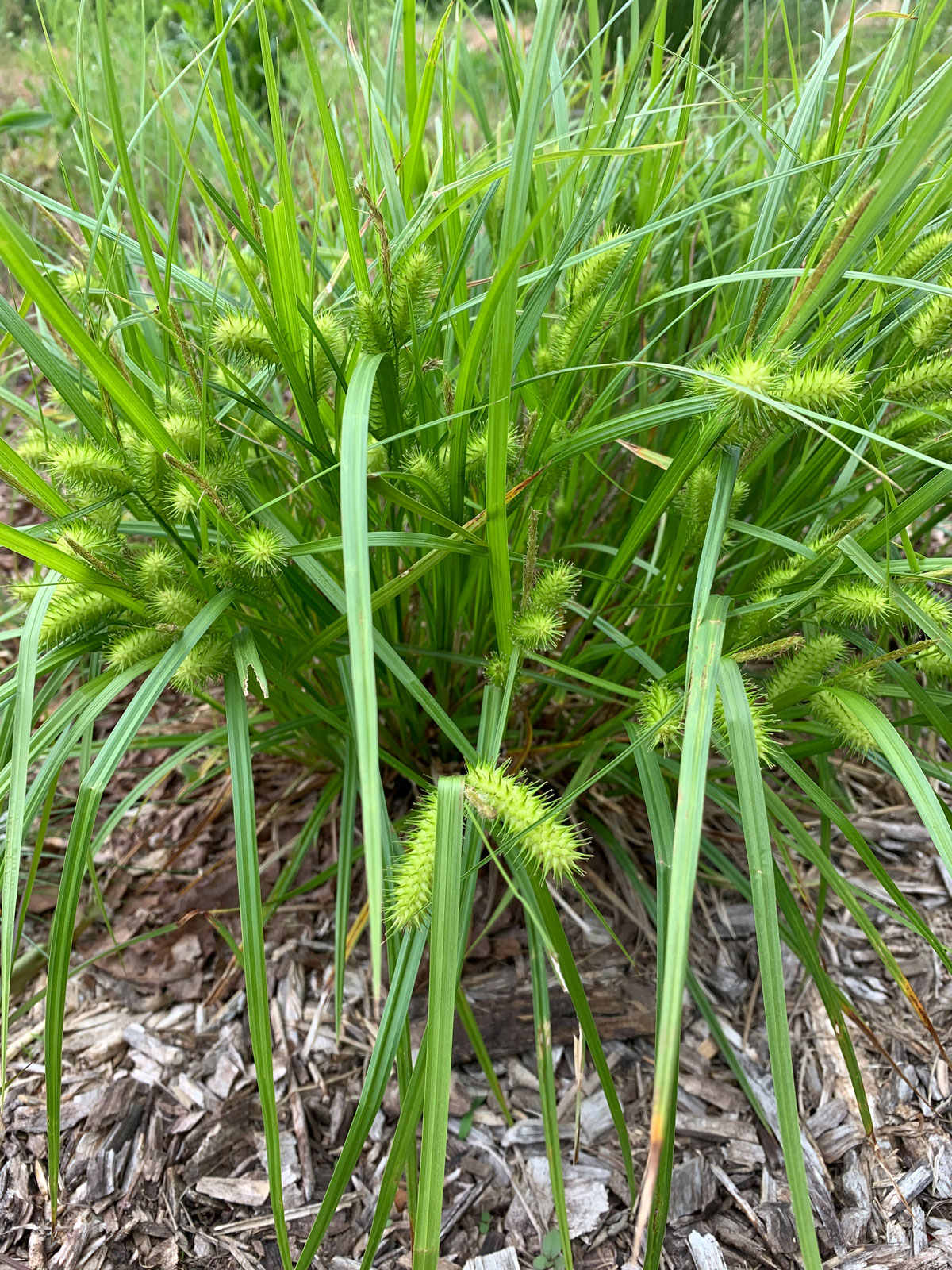The name Broomsedge is misleading because this is actually a grass, and not a sedge. In the fall and winter a windy day will fill the air with the floating seeds.
This grass takes over on nutrient-poor soils, and also responds well to fires, quickly regenerating from underground meristems and from all of the wind-dispursed seeds. The plant roots can always help stabilize soil and help reduce erosion.
And yes, this grass was commonly used to make brooms by tying it in bundles. The grass blades are very strong and stand up pretty well to my non-professional grade weedwacker.
Alternate Names: Broomstraw Size: 2'-4' tall Family: Poaceae (Grass Family) Habitat: Roadsides, fields, open woodlands, forest edges, disturbed sites. Identifiers: A bunchgrass with straw-colored leaves that persist until the following spring. Inflorescences are in forked paired racemes. Fruit is a slender grain tipped with a straight, hair-like awn.










